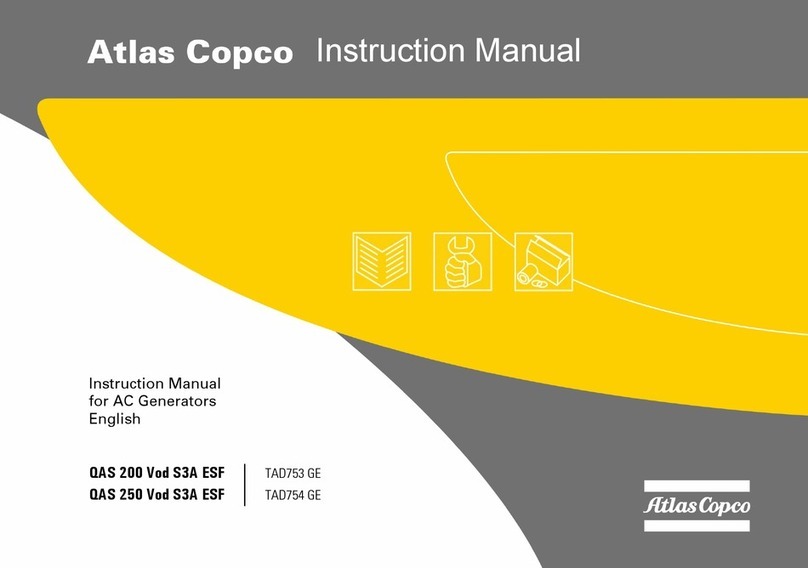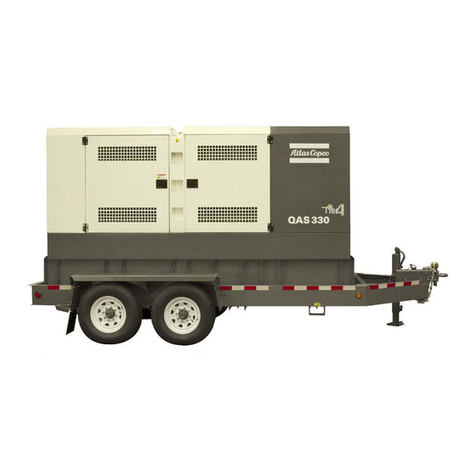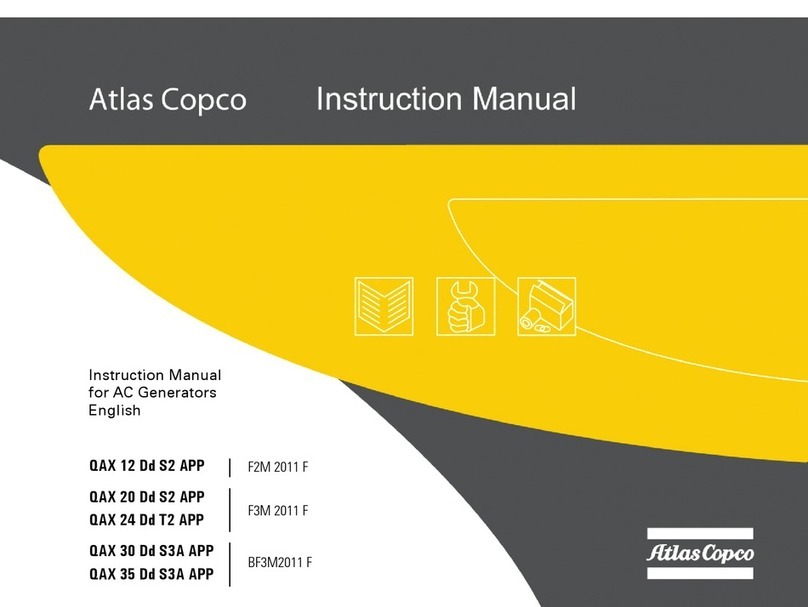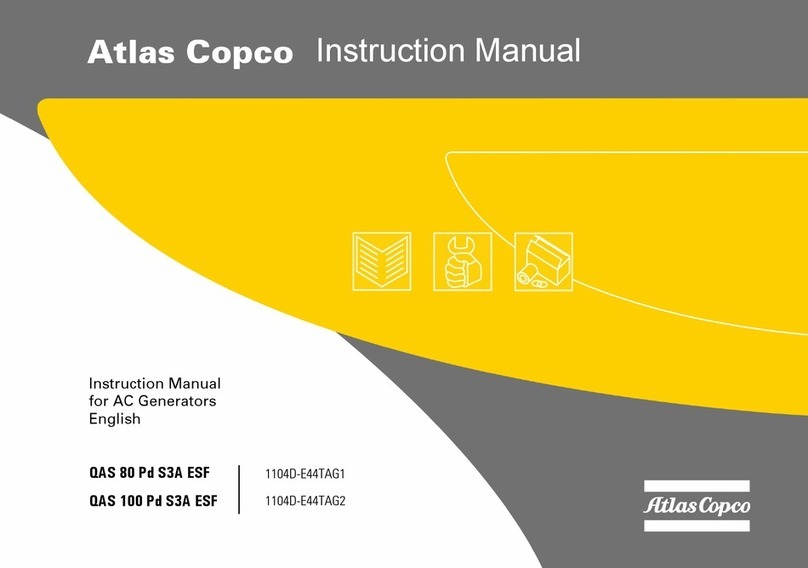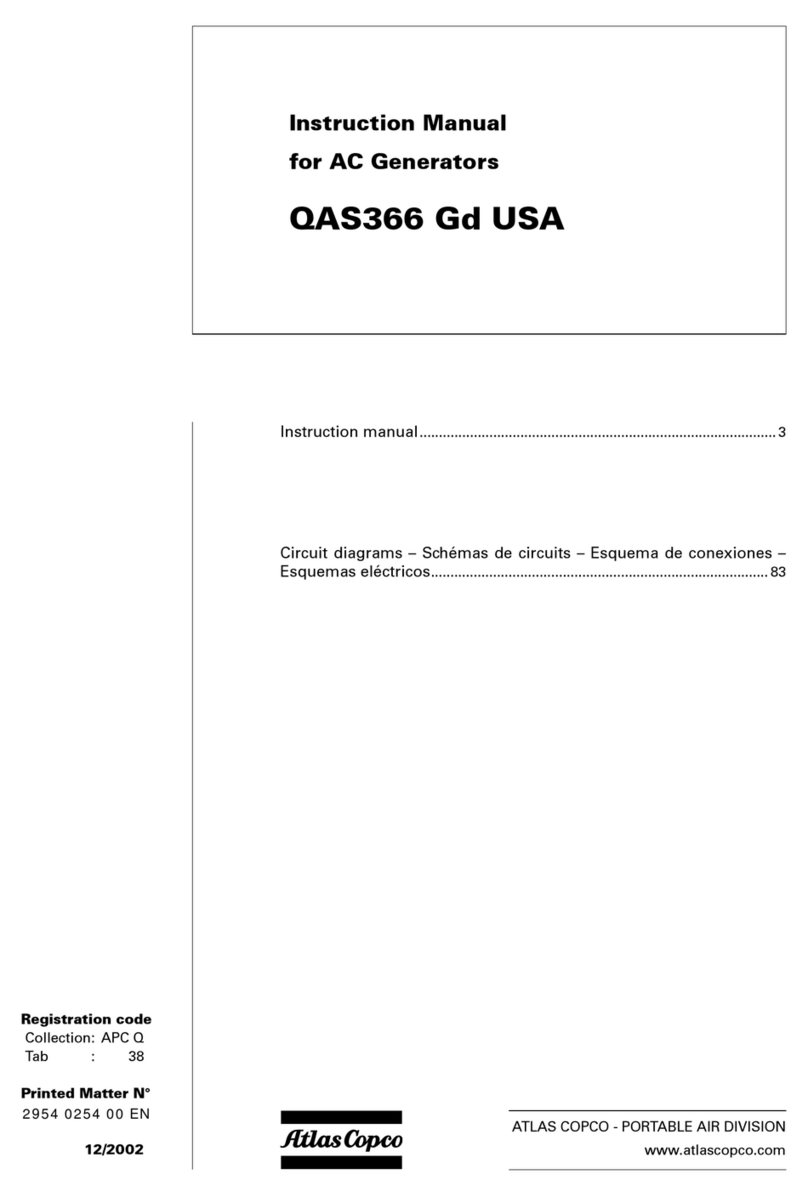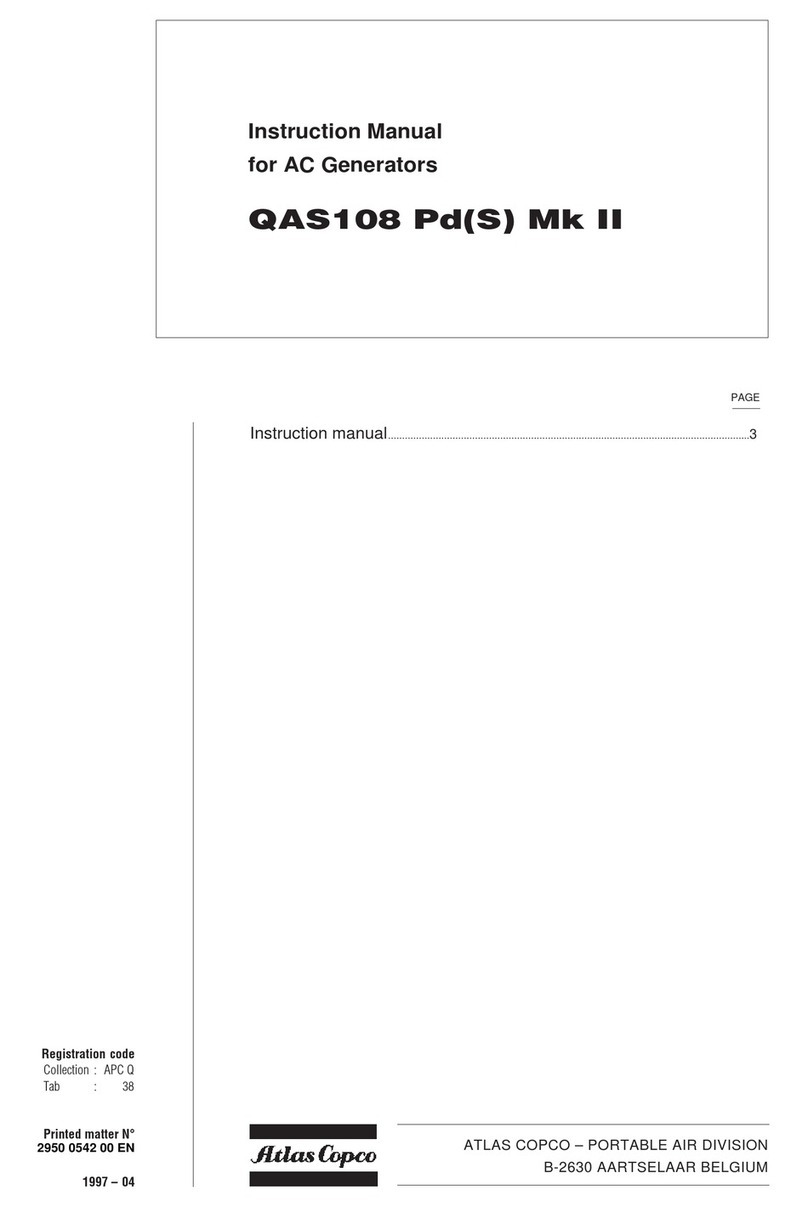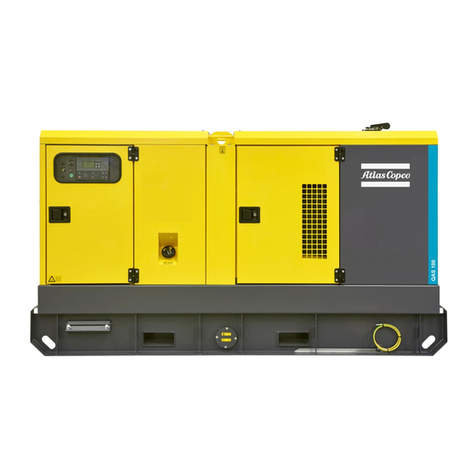
- 9 -
1.3 Safety during transport and
installation
To lift a unit, all loose or pivoting parts, towbar, shall
first be securely fastened.
Helicopter lifting is not allowed.
It is strictly forbidden to dwell or stay in the risk zone
under a lifted load. Never lift the unit over people or
residential areas. Lifting acceleration and retardation
shall be kept within safe limits.
1 Before towing the unit:
- check the towbar, the brake system and the
towing eye. Also check the coupling of the
towing vehicle,
- check the towing and brake capability of the
towing vehicle,
- check that the towbar, jockey wheel or stand leg
is safely locked in the raised position,
- ascertain that the hitch can swivel freely on the
hook,
- check that the wheels are secure and that the
tyres are in good condition and inflated correctly,
- connect the signalisation cable,
- attach the safety break-away cable or safety
chain to the towing vehicle,
- remove wheel chocks, if applied.
2 To tow a unit use a towing vehicle of ample
capacity. Refer to the documentation of the towing
vehicle.
3 Never exceed the maximum towing speed of the
unit (mind the local regulations).
4 Place the unit on level ground and apply the parking
brake before disconnecting the unit from the towing
vehicle. Unclip the safety break-away cable or
safety chain. If the unit has no parking brake or
jockey wheel, immobilize the unit by placing
chocks in front of and/or behind the wheels. When
the towbar can be positioned vertically, the locking
device must be applied and kept in good order.
5 To lift heavy parts, a hoist of ample capacity, tested
and approved according to local safety regulations,
shall be used.
6 For maximum safety and efficiency of the lifting
apparatus all lifting members shall be applied as
near to perpendicular as possible. If required, a
lifting beam shall be applied between hoist and
load.
7 Never leave a load hanging on a hoist.
8 A hoist has to be installed in such a way that the
object will be lifted perpendicular. If that is not
possible, the necessary precautions must be taken to
prevent load-swinging, e.g. by using two hoists,
each at approximately the same angle not exceeding
30° from the vertical.
9 Locate the unit at least meter away from walls.
10 To reduce the risk of shifting, rolling, or
overturning, locate the light tower on a firm, level
surface.
1.4 Safety during use and
operation
1 When operating in a dust-laden atmosphere, place
the unit so that dust is not carried towards it by the
wind.
2 Periodically carry out maintenance works according
to the maintenance schedule.
3 When washing parts in or with a cleaning solvent,
provide the required ventilation and use appropriate
protection such as a breathing filter, safety glasses,
rubber apron and gloves, etc.
4 Safety shoes should be compulsory in any
workshop and if there is a risk, however small, of
falling objects, wearing of a safety helmet should be
included.
5 If there is a risk of inhaling hazardous gases, fumes
or dust, the respiratory organs must be protected and
depending on the nature of the hazard, so must the
eyes and skin.
6 Remember that where there is visible dust, the finer,
invisible particles will almost certainly be present
too; but the fact that no dust can be seen is not a
reliable indication that dangerous, invisible dust is
not present in the air.
7 Never operate the solar light tower in excess of its
limits as indicated in the technical specifications
and avoid long no-load sequences.
8 Never operate the solar light tower in a humid
atmosphere. Excessive moisture causes worsening
of the solar light tower insulation.
